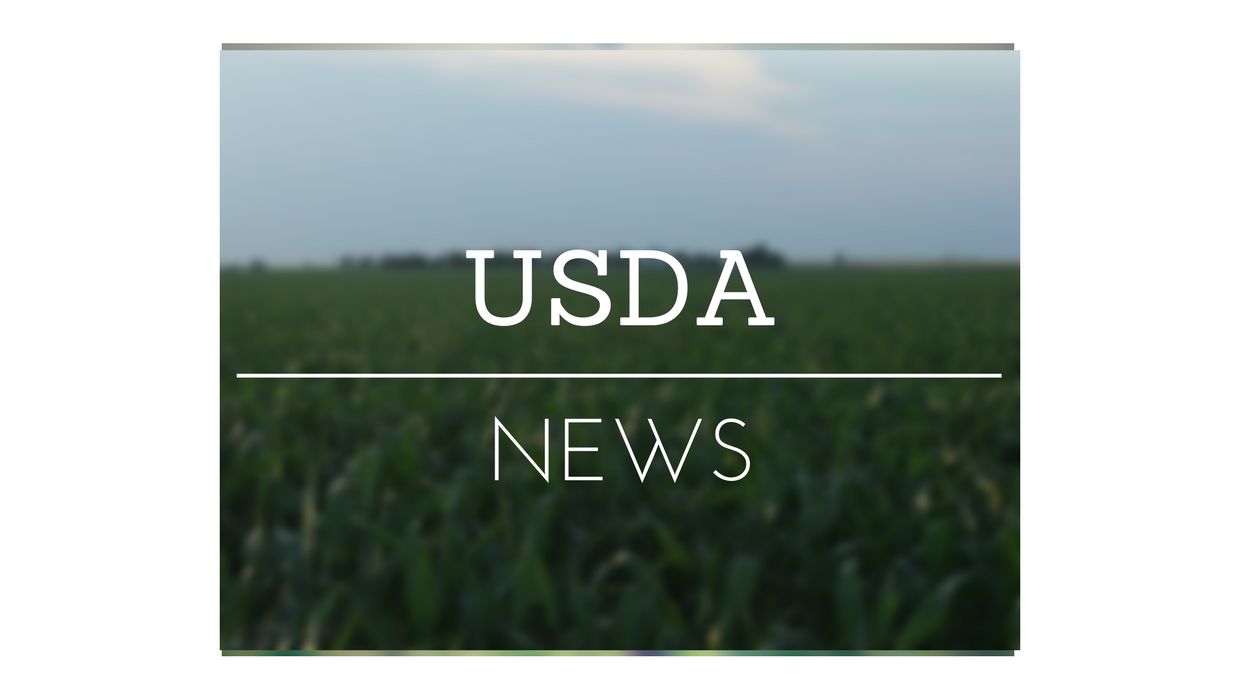Households in rural areas and small towns continue to be more likely to receive assistance from the Supplemental Nutrition Assistance Program than their metro area counterparts, according to the Food Research & Action Center updated analysis of the most recent U.S. Census Bureau data on SNAP participation.
On its website, the Food Research & Action Center calls itself “the leading national nonprofit organization working to eradicate poverty-related hunger and under nutrition in the United States.”
SNAP Maps, FRAC’s interactive data tool, show that, on average, from 2012 to 2016, 15.8 percent of rural households and 15.3 percent of households in small towns nationwide participated in SNAP, compared to 12.6 percent of households in metro areas across the country.
SNAP Maps are based on an analysis of the latest American Community Survey five-year data (2012 to 2016). Each county is grouped by the U.S. Census Bureau into one of three census categories: Metro, Small Town or Rural. Accompanying the map is an interactive, searchable table that allows users to look at and compare household SNAP participation by state and county. SNAP Maps demonstrates that SNAP matters in every community across the country, regardless of size or demographics.
For the purpose of this analysis, “Metro Areas” are metropolitan statistical areas as delineated by the Office of Management and Budget, each of which contains at least one Census Bureau-delineated urbanized area of 50,000 or more people; “Small Towns” are micropolitan statistical areas as delineated by OMB, each containing at least one Census Bureau-delineated urban cluster of between 10,000 and 50,000 people; and “Rural Areas” are non-metropolitan and non-micropolitan areas.
Among the states:
Colorado reported 12.1 percent of rural household and 8.2 percent of households in small towns participated in SNAP, compared with 8.5 percent of households in metro areas.
Iowa reported 10.5 percent of rural households and 13.7 percent of households in small towns participated in SNAP, compared with 11.7 percent of households in metro areas.
Kansas reported 8.8 percent of rural household and 11.5 percent of households in small towns participated in SNAP, compared with 9.1 percent of households in metro areas.
Missouri reported 17 percent of rural household and 16.8 percent of households in small towns participated in SNAP, compared with 12.3 percent of households in metro areas.
Nebraska reported 7.6 percent of rural household and 9.1 percent of households in small towns participated in SNAP, compared with 9.5 percent of households in metro areas.
New Mexico reported 18.4 percent of rural household and 17.9 percent of households in small towns participated in SNAP, compared with 15.4 percent of households in metro areas.
Oklahoma reported 16.4 percent of rural household and 14.5 percent of households in small towns participated in SNAP, compared with 13.2 percent of households in metro areas.
South Dakota reported 13.9 percent of rural household and 10.8 percent of households in small towns participated in SNAP, compared with 9.9 percent of households in metro areas.
Texas reported 14.1 percent of rural household and 16.5 percent of households in small towns participated in SNAP, compared with 13.2 percent of households in metro areas.
Wyoming reported 6 percent of rural household and 4.3 percent of households in small towns participated in SNAP, compared with 7.8 percent of households in metro areas.
“SNAP serves as the first line of defense against hunger and is critical to keeping and lifting low-income households—including large numbers in rural and small town areas—out of poverty and hunger,” said Jim Weill, president, FRAC. “SNAP is one of the nation’s very best investments and it is unacceptable that this proven and effective program, with its widespread reach, is under attack.”
Under the president’s proposed fiscal year 2019 budget, households getting more than $90 a month in SNAP would receive a monthly box of government-selected, nonperishable foods, dubbed “America’s Harvest Box,” in lieu of benefits on an EBT card. FAC considers this an adverse structural change in feeding programs that would not only harm rural and small town economies, but would be administratively costly, inefficient, stigmatizing and prone to failure—making hunger and poverty in these areas far worse.
Sign up for HPJ Insights
Our weekly newsletter delivers the latest news straight to your inbox including breaking news, our exclusive columns and much more.
“SNAP gives rural and small town areas an economic boost,” Weill said, adding that every dollar spent in SNAP benefits generates approximately $1.79 in economic activity.
“SNAP means more money for local grocers and more markets for farmers.”
More than 1,000 anti-hunger advocates from all corners of the country were set to be in Washington, D.C., from Feb. 25 to 27 urging their members of Congress to protect and strengthen SNAP as part of the National Anti-Hunger Policy Conference, co-hosted by FRAC and Feeding America.
“We want public officials and policymakers from every community to understand the struggles of the people represented in FRAC’s SNAP Maps,” Chris Bernard, executive director of Hunger Free Oklahoma said. “While the impacts on every community would be devastating, rural and small town economies and families in Oklahoma and across the country would be hardest hit.”
Larry Dreiling can be reached at 785-628-1117 or [email protected].


